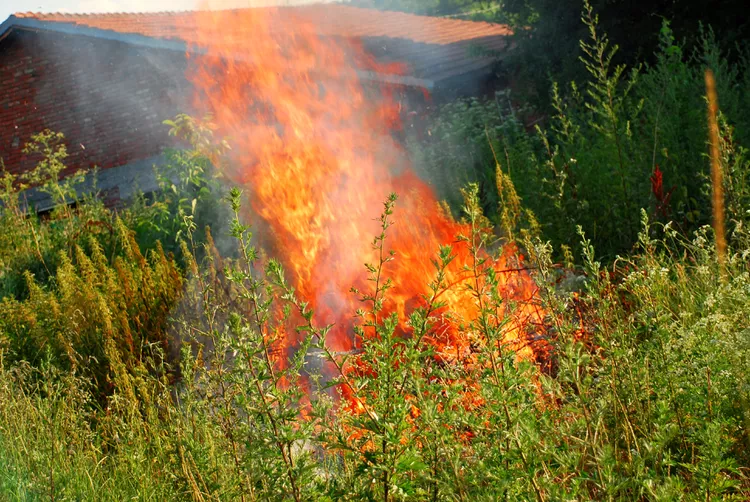Tomatoes are a staple in many gardens, offering a delicious and versatile addition to countless dishes. However, there's a silent threat that can quickly turn your thriving tomato plants into a desolate landscape: the tomato hornworm. These very hungry caterpillars are a force to be reckoned with, capable of decimating your tomato crop in a surprisingly short amount of time.
Tomato hornworms are large, green caterpillars that can grow up to 4 inches in length. They are easily recognizable by the distinctive horn-like protrusion on their rear end, which gives them their name. Their coloration allows them to blend in seamlessly with the foliage of tomato plants, making them difficult to spot until significant damage has already been done. These pests are most active during the warmer months, typically from late spring to early fall, when tomato plants are in their prime growing season.
The damage caused by tomato hornworms is extensive. They have a voracious appetite and primarily feed on the leaves, stems, and fruits of tomato plants. As they munch away, they can strip a plant bare, leaving only the skeletal remains behind. This not only affects the plant's ability to photosynthesize and produce energy but also makes it more vulnerable to other diseases and pests. In severe cases, a single hornworm can destroy an entire tomato plant, and if left unchecked, an infestation can wipe out an entire garden's worth of tomatoes.
So, how can you recognize the presence of tomato hornworms in your garden? One of the first signs is the appearance of large, irregular holes in the leaves of your tomato plants. You may also notice dark green or black droppings on the leaves or on the ground beneath the plants. These droppings are a clear indication that hornworms are nearby. Another telltale sign is the presence of wilted or damaged stems, as the caterpillars often chew through them while feeding. If you look closely, you may even spot the hornworms themselves, although their camouflage can make them challenging to find.
Once you've identified the presence of tomato hornworms, it's crucial to take action quickly to control the infestation. There are several methods you can use, both natural and chemical, depending on your preferences and the severity of the problem.
One of the most effective natural methods is handpicking. This involves physically removing the hornworms from your plants and dropping them into a bucket of soapy water. While this method may seem labor-intensive, it's a safe and environmentally friendly way to control the population. It's best to do this in the early morning or late evening when the hornworms are most active and easier to spot. Be sure to wear gloves to protect your hands from the caterpillars' spines, which can cause irritation.
Another natural option is to introduce beneficial insects to your garden. Ladybugs, lacewings, and parasitic wasps are all natural predators of tomato hornworms. You can attract these insects by planting flowers such as dill, fennel, and yarrow, which provide them with nectar and pollen. Additionally, you can purchase beneficial insects from a garden center and release them into your garden. These insects will help keep the hornworm population in check by feeding on their eggs and larvae.
If natural methods aren't sufficient, you may need to resort to chemical pesticides. However, it's important to use these products carefully and follow the instructions on the label. Look for pesticides that are specifically formulated to target tomato hornworms and are safe to use on edible plants. Apply the pesticide in the early morning or late evening when the hornworms are most active, and be sure to cover all parts of the plant, including the undersides of the leaves.
Preventing tomato hornworm infestations is also key to protecting your tomato crop. One way to do this is to practice good garden hygiene. Remove any fallen leaves, fruits, or debris from your garden regularly, as these can provide a breeding ground for pests. Additionally, rotate your crops each year to prevent the buildup of pests and diseases in the soil. You can also use row covers to protect your tomato plants from hornworms and other pests. These covers act as a physical barrier, preventing the adult moths from laying their eggs on the plants.
In conclusion, tomato hornworms are a significant threat to your tomato crop, but with the right knowledge and strategies, you can effectively recognize and control them. By being vigilant, using natural methods whenever possible, and taking preventive measures, you can ensure that your tomato plants remain healthy and productive throughout the growing season. So, don't let these hungry caterpillars ruin your tomato harvest. Take action today and protect your garden from the menace of tomato hornworms.




















